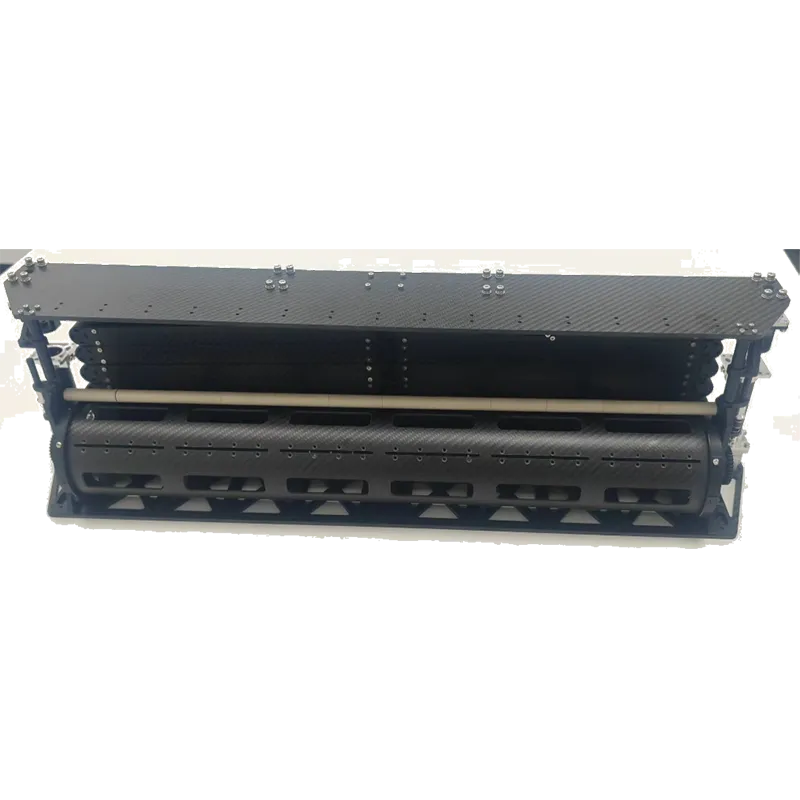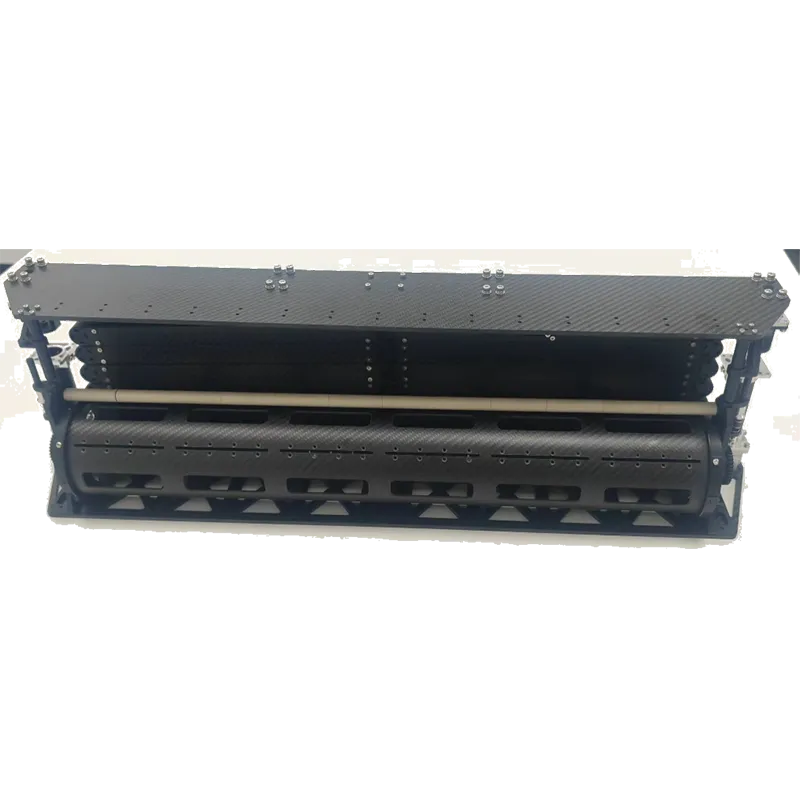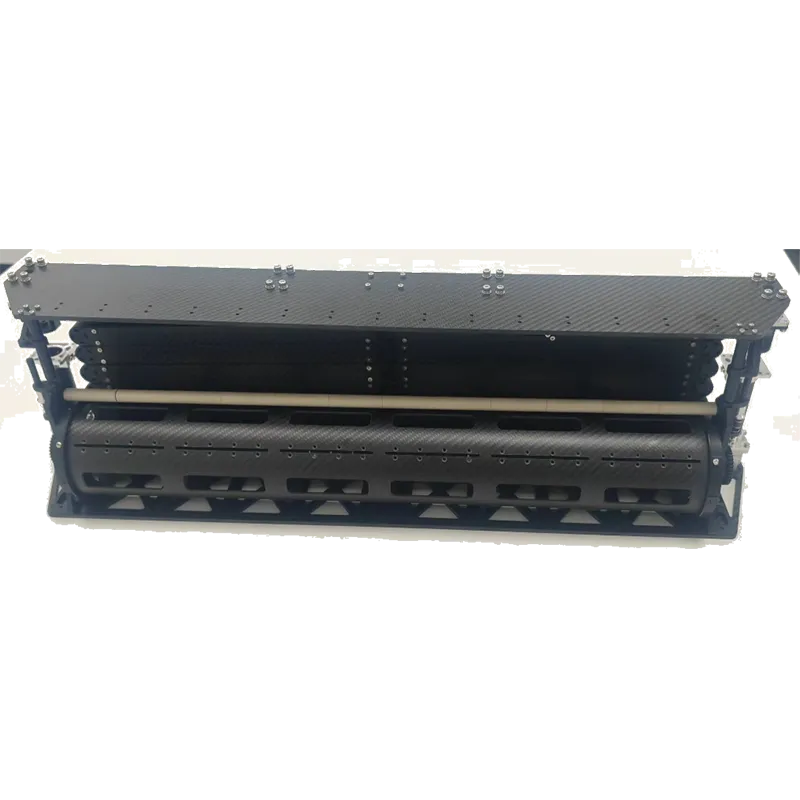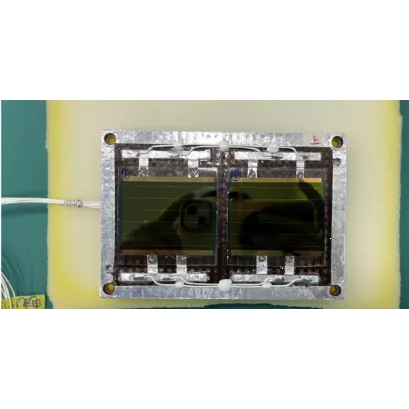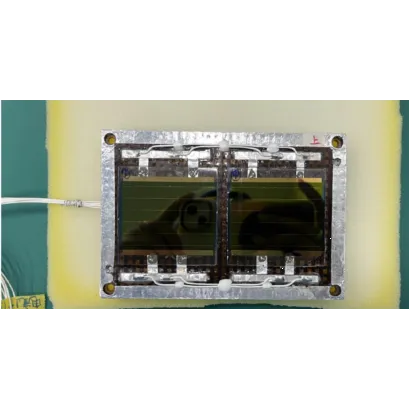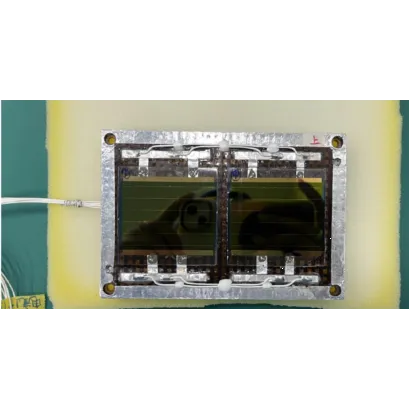
- african
- albanez
- amharică
- arabic
- armean
- Azerbaidjan
- bască
- Belarus
- bengaleză
- Bosniac
- bulgar
- catalan
- Cebuano
- China
- corsicană
- croat
- ceh
- danez
- olandeză
- engleză
- esperanto
- estonă
- finlandeză
- franceză
- frizonă
- Galician
- georgian
- german
- greacă
- Gujarati
- creolul haitian
- Hausa
- hawaian
- ebraică
- Nu
- Miao
- maghiară
- islandez
- igbo
- indoneziană
- irlandez
- italian
- japonez
- javaneză
- Kannada
- kazah
- Khmer
- ruandez
- coreean
- kurdă
- Kârgâz
- Muncă
- latin
- letonă
- lituanian
- luxemburghez
- macedonean
- malgaș
- Malaeză
- Malayalam
- malteză
- maori
- marathi
- mongol
- Myanmar
- nepaleză
- norvegian
- norvegian
- occitană
- Pashto
- persană
- Lustrui
- portugheză
- punjabi
- română
- rusă
- samoană
- gaelic scoțian
- sârb
- engleză
- Shona
- Sindhi
- Sinhala
- slovacă
- slovenă
- somalez
- spaniolă
- Sundaneza
- Swahili
- suedez
- tagalog
- Tadjik
- tamil
- tătar
- Telugu
- thailandez
- turc
- turkmeni
- ucrainean
- Urdu
- Uighur
- uzbec
- vietnamez
- galeză
- Ajutor
- idiş
- Yoruba
- Zulu
New Perovskite Solar Cells: A Bright Future for Clean Energy
New perovskite solar cells are poised to transform the renewable energy landscape, offering higher efficiency, lower production costs, and increased flexibility compared to traditional solar technologies. The field of solar energy is undergoing a significant transformation, and new perovskite solar cells are at the forefront of this revolution. These innovative cells are based on perovskite materials, a group of compounds that have shown remarkable potential for harnessing solar energy more efficiently.
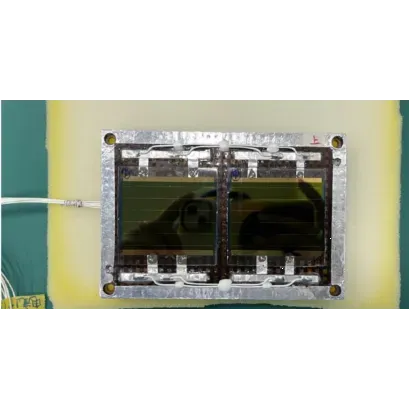
In this article, we will explore the cutting-edge advancements in new perovskite solar cells, how they compare to other solar technologies, and why they are being hailed as a game changer for the renewable energy market. The future of solar energy looks brighter than ever with the development of perovskite solar technology.
1. The Advancements in New Perovskite Solar Cell Technology
New perovskite solar cells are making waves in the solar energy industry due to their exceptional efficiency and cost-effectiveness. These cells utilize perovskite materials that are highly efficient in absorbing sunlight and converting it into electricity. Over the past few years, researchers have made significant strides in improving the performance of new perovskite solar cells, with many reaching efficiency levels comparable to traditional silicon-based solar cells.
One of the main advantages of new perovskite solar cells is their ability to be manufactured using a low-cost and simple process. Unlike silicon solar panels, which require complex manufacturing techniques, perovskite solar cells can be produced using a solution-based process that is both fast and inexpensive. This offers the potential for large-scale production of solar cells at a fraction of the cost of traditional solar panels.
Another important development in new perovskite solar cells is their ability to be produced on flexible substrates. This opens up a wide range of possibilities for integrating solar energy into everyday products, such as portable devices, wearables, and building materials. The flexibility of perovskite solar cells also makes them ideal for use in areas where traditional solar panels would not be practical, such as on curved surfaces or in low-light conditions.
2. The Environmental Impact of New Perovskite Solar Cells
As concerns about climate change and environmental sustainability grow, the demand for cleaner energy solutions has never been greater. New perovskite solar cells offer a highly promising solution for reducing carbon emissions and minimizing the environmental impact of energy production. These cells are made from abundant and inexpensive materials, making them more sustainable than traditional solar technologies.
The perovskite material used in these solar cells is highly efficient in converting sunlight into electricity, meaning less energy is wasted, and more power is generated from the same amount of sunlight. This increases the overall efficiency of solar power systems and helps reduce the reliance on fossil fuels.
In addition, the low-cost production process for new perovskite solar cells reduces the overall environmental footprint of solar energy systems. The use of perovskite-based solar cells eliminates the need for expensive and resource-intensive materials like silicon, which are used in traditional solar panels. This not only lowers the cost of solar energy but also reduces the environmental impact of manufacturing solar cells.
3. The Future of New Perovskite Solar Cells in the Market
The future of new perovskite solar cells is incredibly promising, with research and development efforts continuing to push the boundaries of what these cells can achieve. As perovskite solar technology advances, it is expected that new perovskite solar cells will become more efficient, durable, and affordable, making them a more attractive option for consumers and businesses alike.
One of the most exciting aspects of new perovskite solar cells is their potential to be integrated into building-integrated photovoltaics (BIPV). These cells can be incorporated into windows, roofs, and facades, providing a seamless and aesthetically pleasing way to harness solar energy in urban environments. The lightweight and flexible nature of perovskite solar cells makes them ideal for BIPV applications, offering new opportunities for solar energy generation in both residential and commercial buildings.
As perovskite solar cells continue to improve, their use in off-grid applications is also expected to increase. From remote areas to disaster-stricken regions, perovskite solar technology could provide a reliable and cost-effective source of energy for communities that lack access to traditional power grids.
Moreover, new perovskite solar cells have the potential to be combined with other renewable energy technologies, such as wind and hydroelectric power, to create hybrid energy systems that provide consistent and reliable energy. This could be especially important in regions with intermittent sunlight, where combining different renewable sources of energy could ensure a stable energy supply.
Conclusion: Embracing the Future of New Perovskite Solar Cells
In conclusion, new perovskite solar cells represent a major breakthrough in solar energy technology. With their exceptional efficiency, low production costs, and flexibility, they are well-positioned to play a key role in the future of clean energy. As perovskite solar technology continues to evolve, the potential for these cells to revolutionize the solar energy market is immense.
With their ability to provide affordable and sustainable energy solutions, new perovskite solar cells are set to become a cornerstone of the global transition to renewable energy. As research and development efforts continue to improve the performance and durability of these cells, we can expect to see perovskite solar panels become an increasingly common sight in homes, businesses, and public infrastructure around the world.






